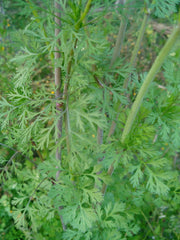Cuminum cyminum, Cumin
Grass like leaves, small white flowers. Height 15-25cm. Aromatic seeds that can be used for flavouring.
A frost-tender annual plant, cumin has been cultivated for over 2,000 years in warm temperate and tropical zones for its edible seed. This is used mainly as a flavouring in curries etc, though it has also been employed medicinally. The plant only succeeds outdoors in Britain in warm summers, taking 3 - 4 months to ripen its seed. Another report says that the plant can ripen its seeds as far north as Norway.
When bruised, the plant has a pungent aroma.
Cumin is an aromatic, astringent herb that benefits the digestive system and acts as a stimulant to the sexual organs. It has been used in the treatment of minor digestive complaints, chest conditions and coughs, as a pain killer and to treat rotten teeth. Cumin is seldom used in Western herbal medicine, having been superseded by caraway which has similar properties but a more pleasant flavour. It is still widely used in India, however where it is said to promote the assimilation of other herbs and to improve liver function.
A general tonic to the whole digestive system, it is used in the treatment of flatulence and bloating, reducing intestinal gas and relaxing the gut as a whole. In India it is also used in the treatment of insomnia, colds and fevers and to improve milk production in nursing mothers.
Tolerant of most well-drained soils, though it prefers a warm fertile well-drained sandy loam in a sheltered sunny position.
Sow early spring in individual pots in a greenhouse. Grow the plants on fast, and plant them out after the last expected frosts. Give the plants some temporary protection such as a cloche for their first few weeks in the open ground to make sure that they keep on growing in the cooler weather of early summer.
Edible uses:
Seed - cooked as a flavouring. Cumin seed was once widely used as a food flavouring in Europe, the Romans ground it into a powder and used it like pepper. It is little used at present in Western cooking, though it is much employed in India. A hot and aromatic flavour, it is an important ingredient in curries, and is also often used as a flavouring in biscuits, cakes and bread where it also helps in improving the digestion. The seed is harvested when fully ripe and is then dried and stored in airtight jars. An essential oil from the seed is used as a food flavouring.




![Photo By H. Zell (Own work) [GFDL (http://www.gnu.org/copyleft/fdl.html) or CC-BY-SA-3.0 (http://creativecommons.org/licenses/by-sa/3.0)], via Wikimedia Commons](http://www.openpollinated.co.uk/cdn/shop/products/1_a4b68bef-50e7-4a1b-b60b-7380669e3bc2_medium.jpeg?v=1510586905)
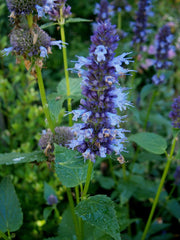
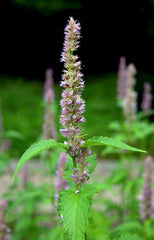
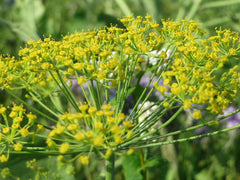
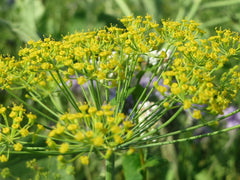
![Photo By H. Zell (Own work) [GFDL (http://www.gnu.org/copyleft/fdl.html) or CC-BY-SA-3.0 (http://creativecommons.org/licenses/by-sa/3.0)], via Wikimedia Commons.](http://www.openpollinated.co.uk/cdn/shop/products/1_004b3955-f8d0-43fc-b01e-54973bd991f7_medium.jpeg?v=1510586912)
